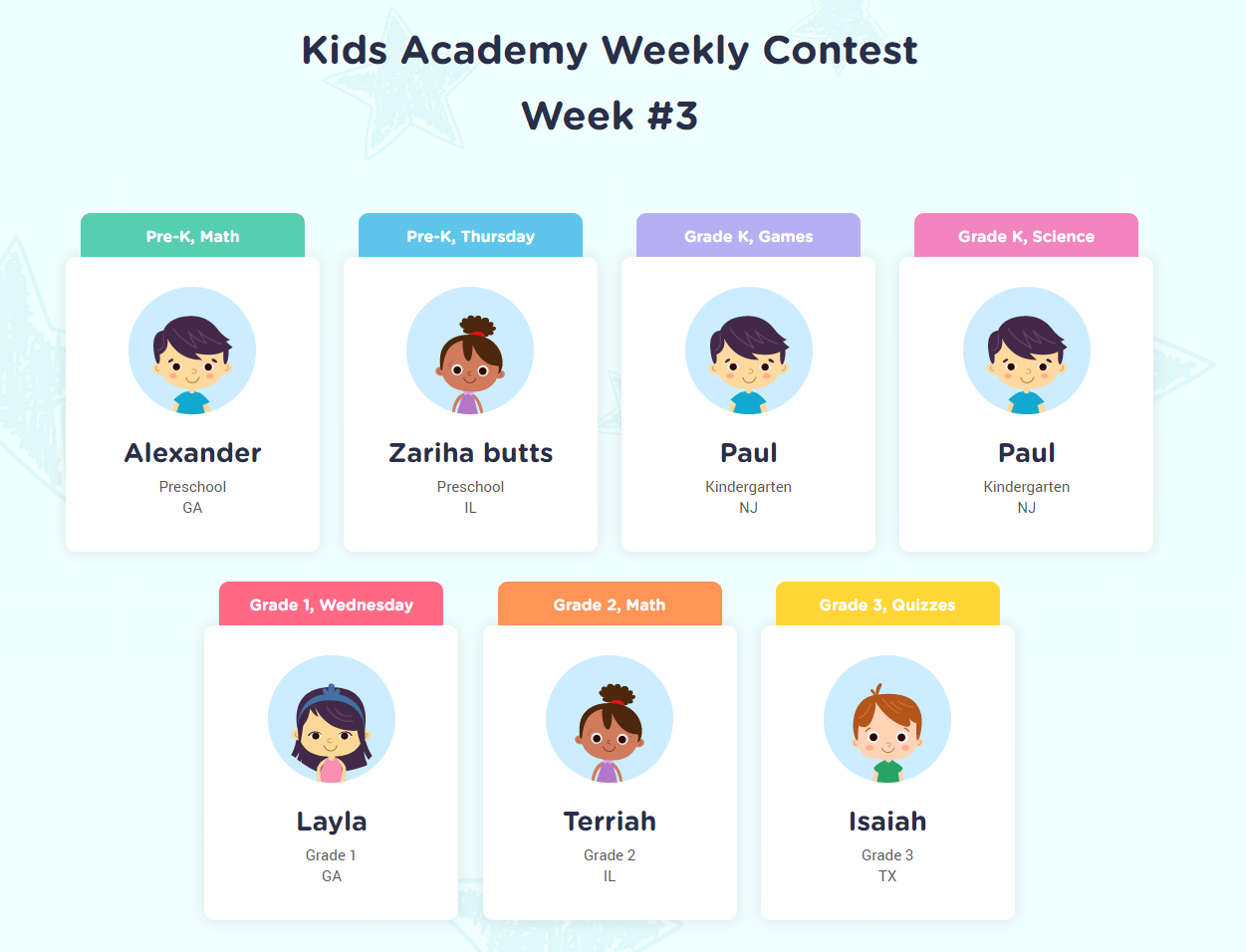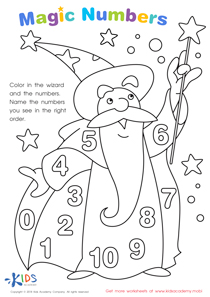Chess strategy learning Extra Challenge Worksheets for Ages 3-6
7 filtered results
-
From - To
Introduce your little ones to the strategic world of chess with our Chess Strategy Learning Extra Challenge Worksheets designed for ages 3-6. These engaging worksheets are crafted to help young minds develop critical thinking and problem-solving skills through fun and interactive chess challenges tailored for their age group. Perfect for beginners, each worksheet simplifies complex concepts into easily digestible lessons that nurture cognitive abilities and strategic thinking. As children experiment with different moves and strategies, they build foundational skills that pave the way for future intellectual development. Empower your child with the essential tools they need to become a chess whiz!


King and Queen Mate Strategy: Part 1 Worksheet
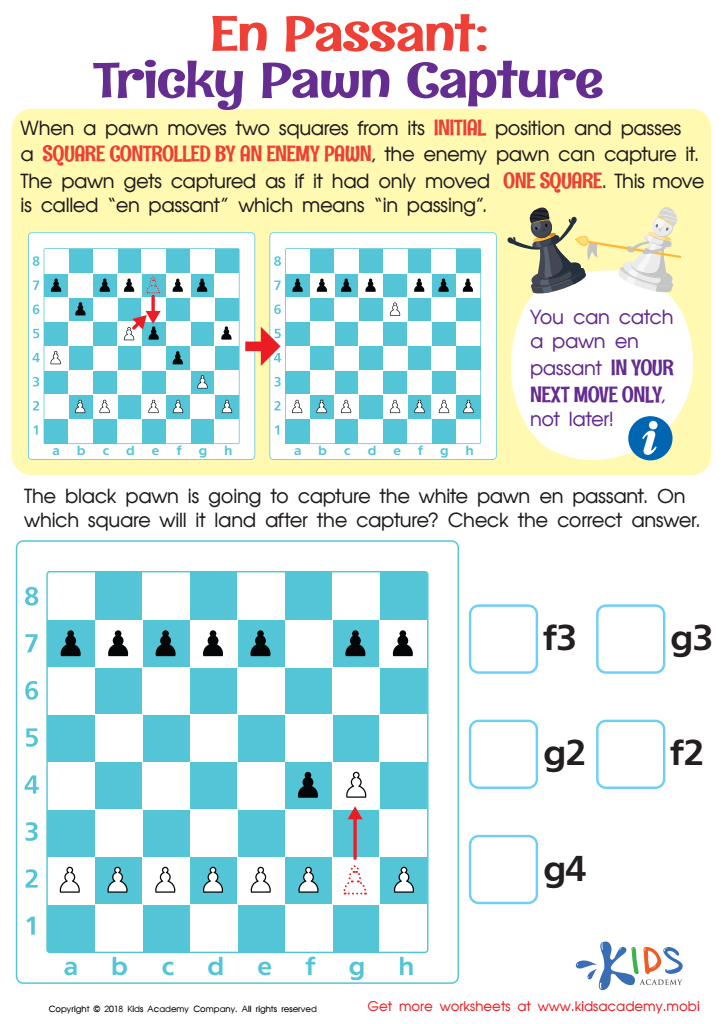

En Passant: Tricky Pawn Capture Worksheet


Two Rook Mate Strategy Worksheet


En Passant: Writing it Down Worksheet
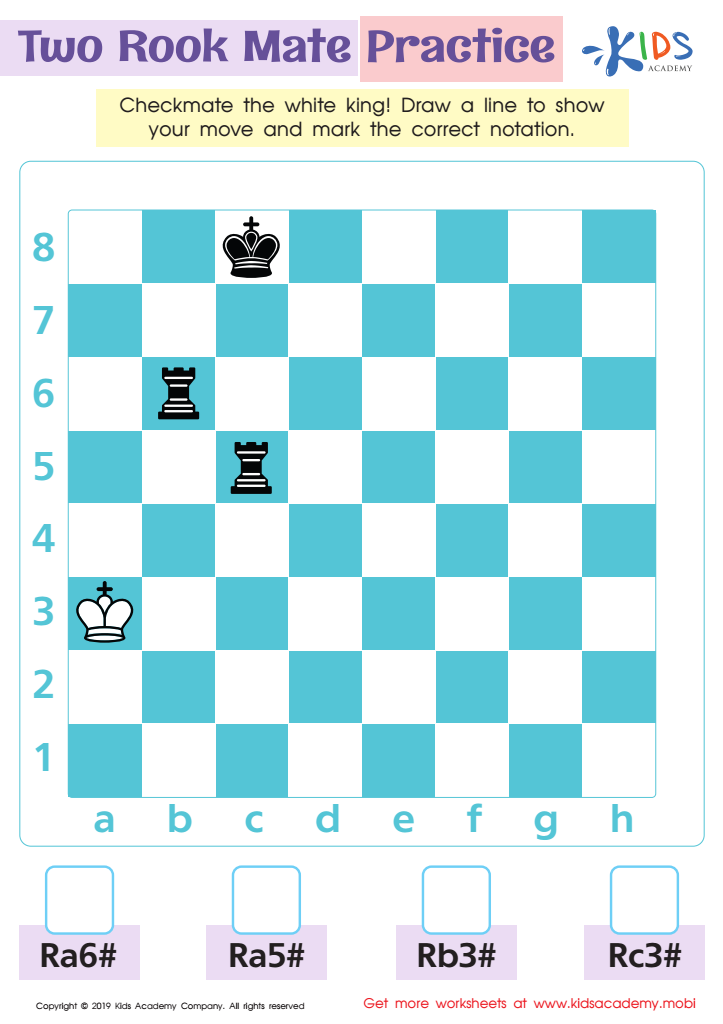

Two Rook Mate Practice Worksheet


Find Stalemate! Worksheet
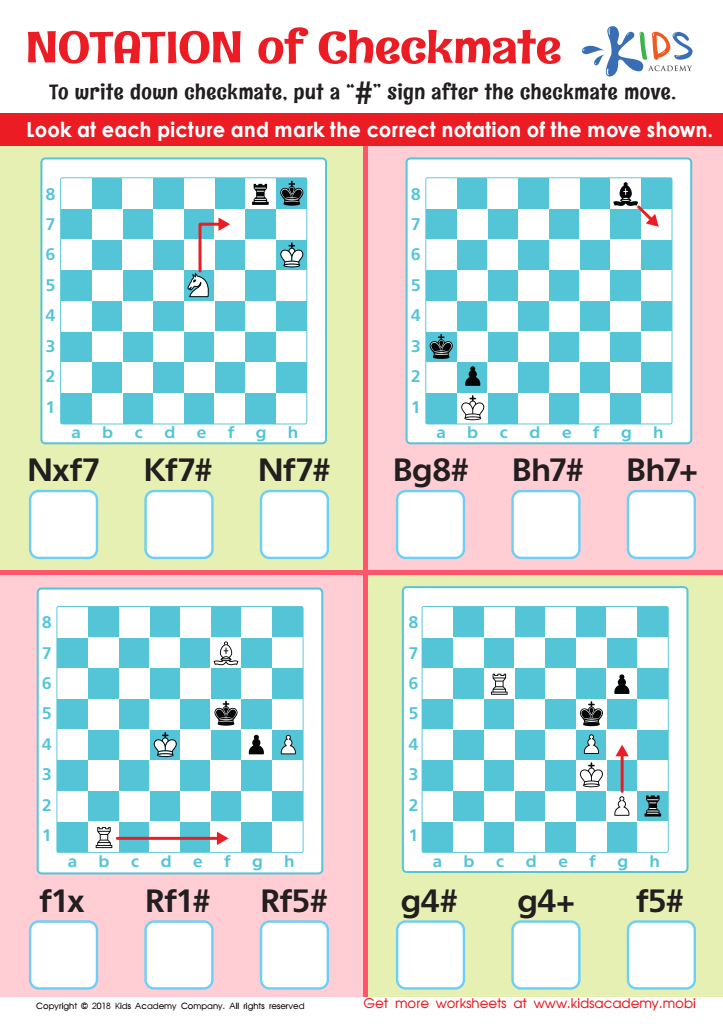

Notation of Checkmate Worksheet
Learning chess strategies, even at early ages like 3-6, offers numerous cognitive and developmental benefits which parents and teachers should consider important. First, engaging with chess helps young children develop critical thinking and problem-solving skills. Each move requires thought and planning, fostering early analytical abilities. Moreover, chess encourages patience and the importance of thinking ahead, traits valuable across various learning activities and day-to-day decisions.
Additionally, the game serves to enhance memory. Remembering the various moves and their potential outcomes trains the young brain to store and retrieve information more efficiently. These skills are transferable to academic contexts, supporting better performance in subjects that require concentration and memorization, such as math and reading.
Chess also promotes social skills and emotional intelligence. Playing chess often involves interacting with peers, teaching children about turn-taking, coping with winning and losing gracefully, and recognizing intentions and emotions, contributing to their interpersonal development.
Finally, presenting chess as an 'extra challenge' boosts self-esteem and resilience, essential qualities for lifelong learning. It gives young children a sense of accomplishment from mastering a sophisticated game, thus fostering a mindset geared toward tackling more complex challenges in life.
By introducing chess early, parents and teachers equip children with valuable skills that support their overall educational and personal growth.

 Assign to My Students
Assign to My Students





